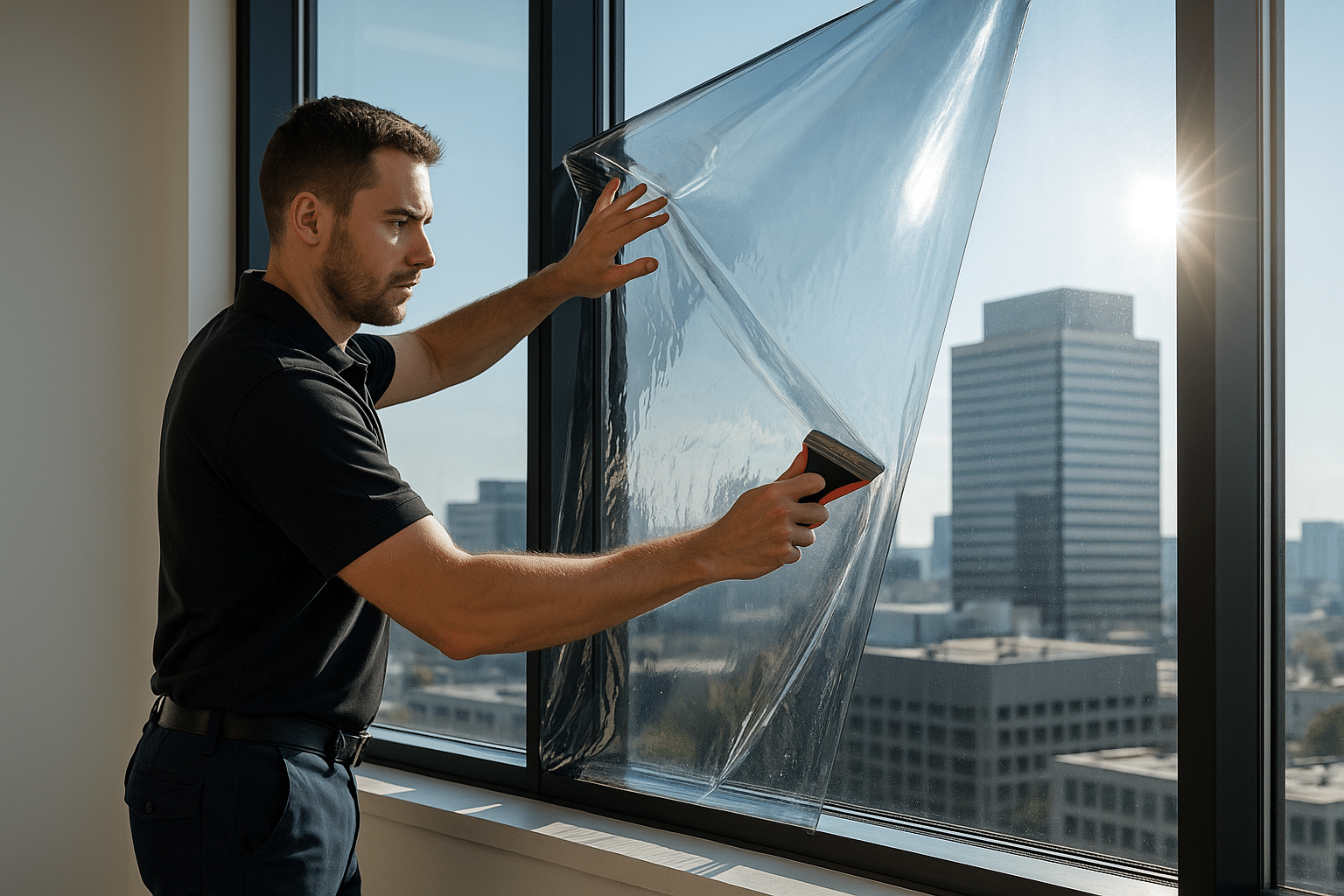NASCAR’s Clash at the LA Coliseum Threw Out All Tradition. It Worked
The lineup for the Clash would be decided by qualifying, heats, and last-change elimination races, chopping the field from 36 cars down to 23. The remaining drivers would run a 150-lap feature race: 37.5 miles total, with a halfway break featuring an Ice Cube concert.
NASCAR broke from its normal rulebook for entertainment purposes and said it wouldn’t end the Clash under caution, preparing to make unlimited attempts at finishing under green-flag conditions if a late yellow flag came out. But the rule ultimately wasn’t needed: Joey Logano raced to a clean but entertaining victory over Kyle Busch in the main show.
The whole idea of the Clash was strange, but that was the beauty of it. The closer the date got, the more exciting it became—dark, fresh asphalt began to fill the Coliseum, with stark white lines marking the track’s three lanes. A safety fence went up around the outside of the oval, and a thin white wall circled its “infield.”
Unlike a normal infield that houses haulers, medical centers, garage stalls, and other buildings, the Coliseum only had room for a few parking spots with white outlines. The cars would mostly be serviced in a parking lot down the road, and they’d drive on a closed-off LA street to get from their “garages” to the stadium.
It Worked
The finished track at the Coliseum was a stunning blend of old and new. The stadium’s large, old-style archways and burning Olympic torch framed a brand-new racing surface, while NASCAR’s return to short-track racing simultaneously marked its step toward the future: both with a new era of race car and a new embrace of younger, more city-oriented fans. Perhaps the focus on the latter will stick around.
But the Clash wasn’t just architecturally beautiful. The racing, which had a 50-50 chance of being a shit show, was incredible. With only 23 spots in the final and 36 drivers on the entry list—a format that’s hard to justify during a points-paying NASCAR race due to championship implications and airtime for sponsors—there was a sense of urgency to make the show.
Drivers ran through, against, and over each other to qualify. One example was Ty Dillon, the driver of the green No. 42 car, who made an enemy of everyone trying to avoid elimination, only to initially make the main show then get disqualified for accelerating early on a late restart.



.jpg)

